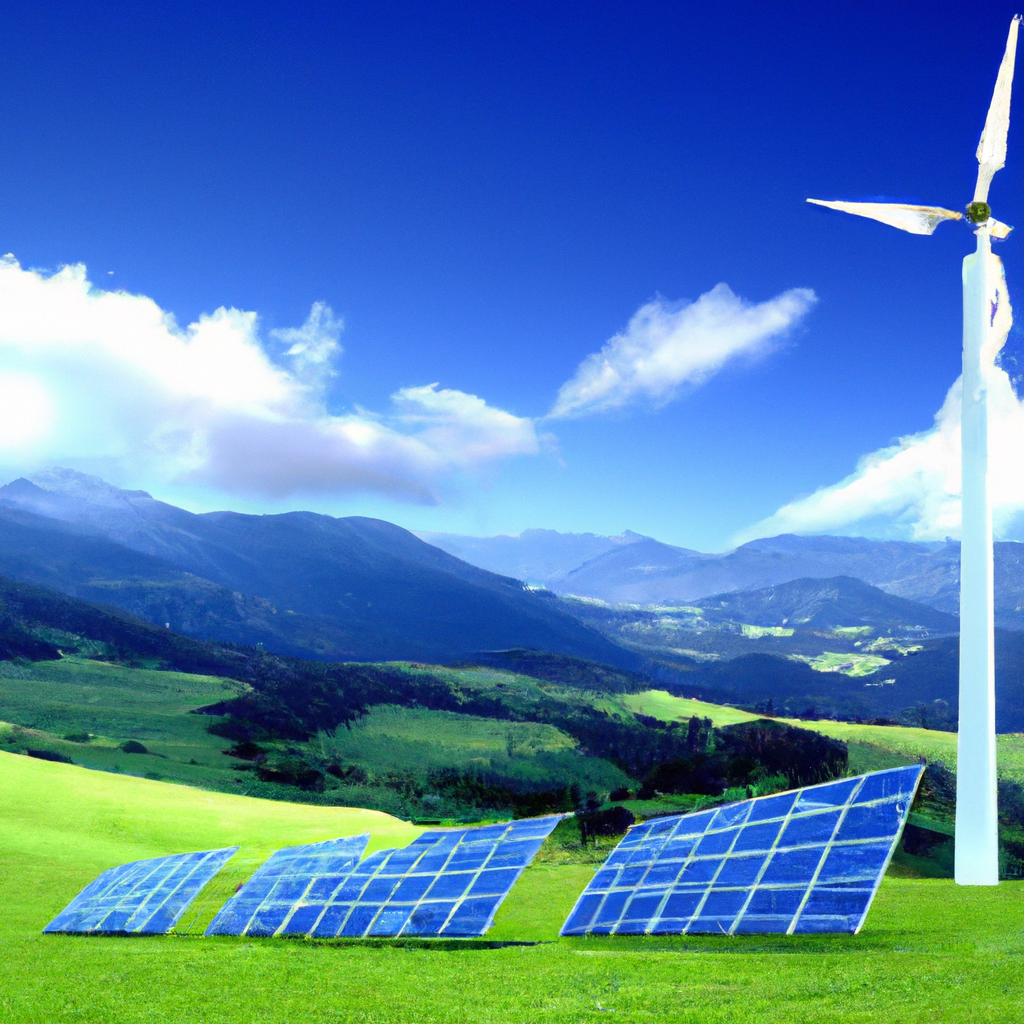As the world grapples with the effects of climate change, the shift towards renewable energy has never been more critical. This article explores the advantages and disadvantages of renewable energy, offering insights into its potential for our future.
The Advantages of Renewable Energy
Sustainability
Unlike fossil fuels, renewable energy sources such as solar, wind, and hydro are inexhaustible. They are naturally replenished, making them a sustainable choice for long-term energy production.
Reduced Emissions
Renewable energy sources produce significantly fewer greenhouse gas emissions compared to fossil fuels. This reduction is vital in our fight against climate change.
Energy Independence
Harnessing local renewable energy sources can reduce a country’s dependence on foreign oil and natural gas supplies. This independence can contribute to energy security and economic stability.
Job Creation
The renewable energy sector has the potential to create numerous jobs in manufacturing, installation, and maintenance, among others.
Cost-effectiveness
While the initial setup costs can be high, the long-term savings are significant. Sunlight, wind, and water are free resources, and the cost of renewable technologies has been decreasing over the years.
The Disadvantages of Renewable Energy
Intermittency
Renewable energy sources like solar and wind are weather-dependent, leading to fluctuations in energy production. This intermittency is a significant challenge for renewable energy.
High Initial Costs
The upfront costs for setting up renewable energy systems can be high. However, these costs are decreasing, and many jurisdictions offer incentives to offset these costs.
Space Requirements
Renewable energy systems often require large areas of land or sea. This requirement can lead to habitat disruption and other environmental concerns.
Energy Storage
Storing renewable energy for use when the sun isn’t shining or the wind isn’t blowing can be challenging and costly. However, advances are being made in energy storage technology.
Infrastructure
Existing energy infrastructure is largely built around non-renewable energy sources. Transitioning to renewable energy may require significant changes to this infrastructure.
Conclusion
While renewable energy has its challenges, the advantages it offers make it a crucial part of our future energy landscape. As technology advances and the cost of renewable energy continues to fall, we can expect to see an even greater shift towards these sustainable energy sources.

